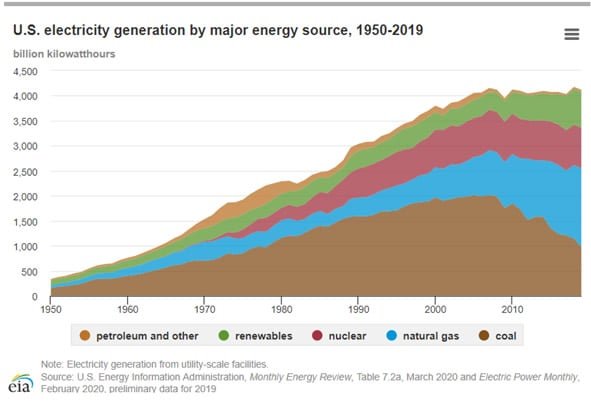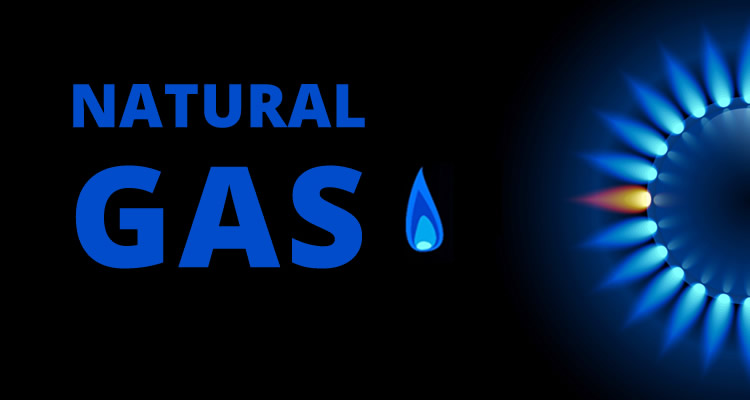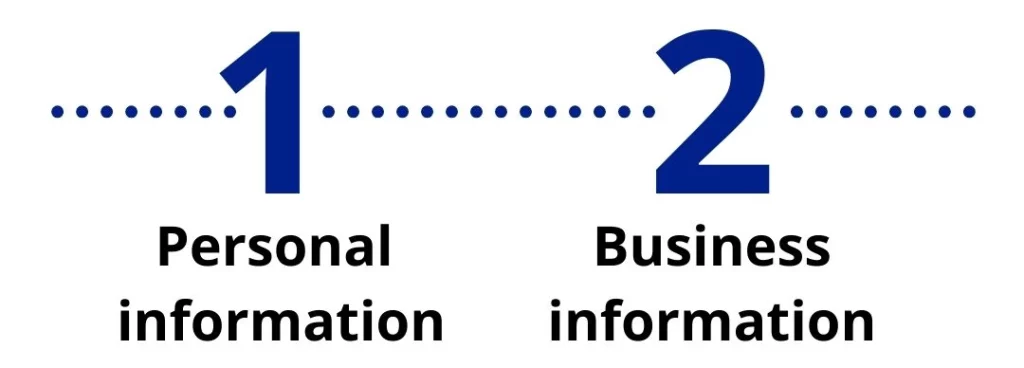Natural gas production has increased in the U.S. significantly over the last 15 years. After the 2008 recession the demand for natural gas increased dramatically. And in 2019 the highest amount of natural gas ever produced in the U.S. was recorded.
This fossil fuel is the cleanest, it is abundant in North America, and it’s affordable.
Burning it releases virtually none of the particulate matter that contributes to ground-level smog. And because natural gas requires minimal processing and can be efficiently delivered via pipelines, its production and delivery consume less energy than is used in many other fuel sources. According to the International Energy Agency (IEA), there is enough recoverable gas to supply the world for 250 years at current production levels.
NATURAL GAS USES
Natural gas is used more and more in the generation of electricity over coal in the electric power sector. Electricity generation accounted for about 36% of natural gas consumption in 2019. (See graph below.)

Natural gas is used in the industrial sector as a fuel for process heating and as a raw material to produce chemicals, fertilizer, and hydrogen. In 2019 the industrial sector accounted for about 33% of total U.S. natural gas consumption.
The commercial sector uses natural gas to heat buildings and water, to operate refrigeration and cooling equipment, to cook, to dry clothes and to provide outdoor lighting. It is also used in combined heat and power systems. In 2019 the commercial sector accounted for about 12% of total U.S. natural gas consumption.
The residential sector uses natural gas to heat buildings and water, to cook, and to dry clothes. About half the homes in the U.S. use natural gas for these purposes. In fact, heat from natural gas is more effective than electric heating pumps. It heats warmer. In cooking, natural gas uses significantly less energy than electricity. In 2019 the residential sector accounted for about 16% of total U.S. natural gas consumption.
A growing sector is the transportation sector, which uses natural gas as a fuel to operate compressors that move natural gas through pipelines and as a vehicle fuel in the form of compressed natural gas and liquefied natural gas. These are mostly government and private vehicle fleets. In 2019 the transportation sector accounted for about 3% of total U.S. natural gas consumption.

The top five largest natural gas consuming states are Texas (14.9%), California (6.9%), Louisiana (6.0%), Pennsylvania (5.2%) and Florida (5.0%).
RELIABILITY OF NATURAL GAS
How reliable is natural gas in the face of natural disasters: hurricanes, thunderstorms, or other severe weather conditions that can shut down electricity?
We took a look at our own city of Clearwater, Florida and what a local gas supplier reported. In an article recently written by Florida’s Clearwater Gas System, they note that natural gas distribution lines are buried underground, therefore providing nearly 100% service reliability. This allows the basic comforts of hot water and cooking during and after a storm.
In fact, Clearwater Gas System’s 2017 post-Hurricane Irma recovery efforts revealed that there were zero gas outages and natural gas service continued to flow to more than 23,000 gas customers during and after the storm. Additionally, through other storms in 2017 and 2018, natural gas local distribution companies maintained service without issue. Homeowners were able to take hot showers, have warm food and comfortable homes, even during extreme conditions.
Clearwater Gas System conducted their own reliability study comprising information from the last 10 years. They discovered that Clearwater Gas System, on average, experienced a service interruption only about once every 81 years! (They’ve been in business for 97 years.) Their 99.9% service reliability rate comes very close to 100% reliable.
Turns out natural gas is one of THE most reliable fuels available!
At CES we help our commercial customers in deregulated states get the best rate in the current market for both electricity and natural gas. Give us a call at 866-748-2669 today to get a free rate analysis.



